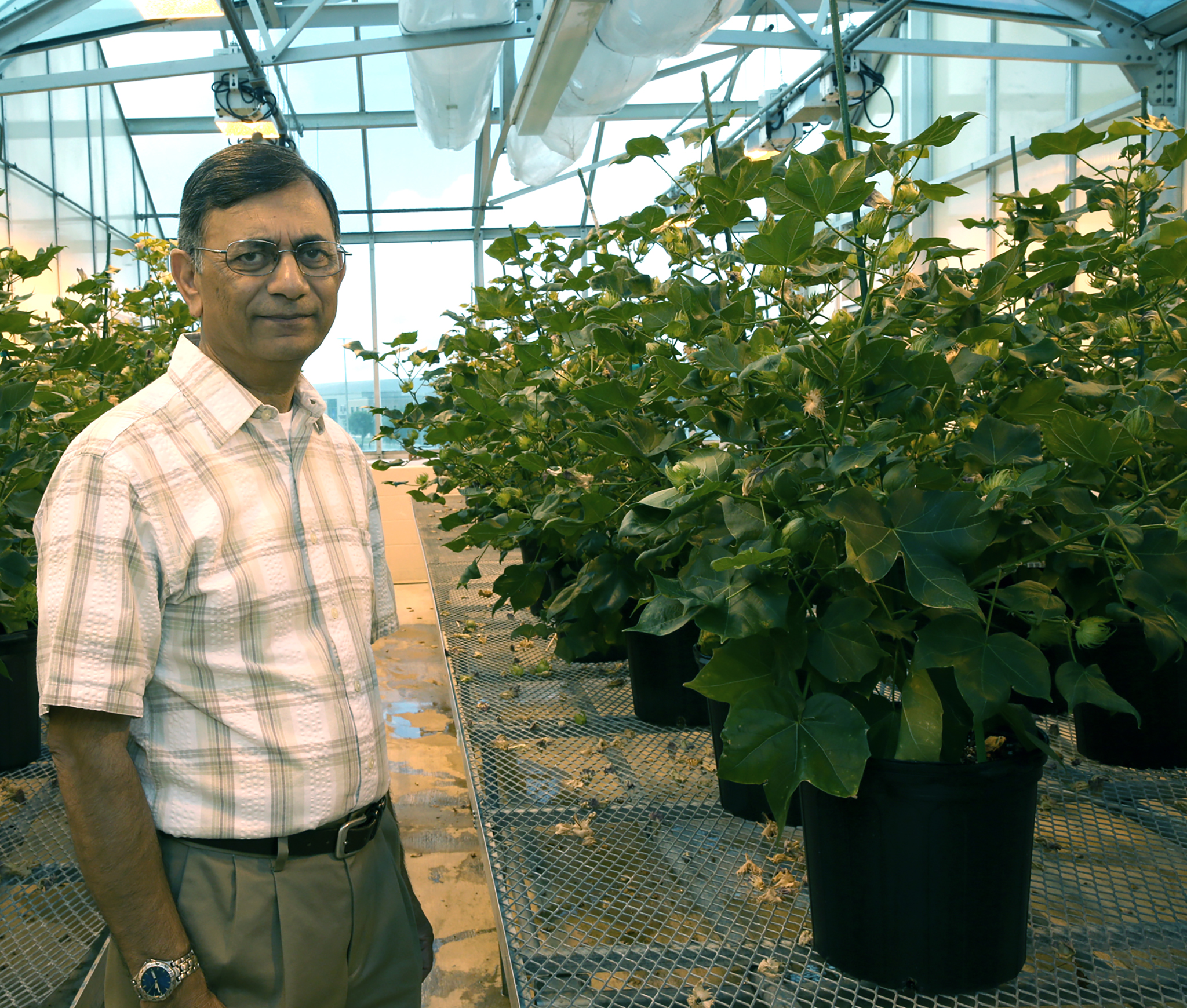When clothianidin was first introduced as a seed treatment, it was a game changer, providing effective control of secondary insects. The industry initially adopted a ‘low use rate,’ like the one in Poncho 250. Within a few years, companies, including Bayer, shifted to a mid-rate of 500, which delivered more consistent control, especially in areas with higher insect pressure from pests like wireworms and white grubs. However, even at the 500 rate, some secondary insects may not be fully controlled. That’s why in regions with specific challenges, such as areas in the South with high billbug pressure, the Poncho 1250 rate is often a better fit.
Now, let’s talk corn rootworm. In recent years, growers have predominantly relied on Bt traits to manage corn rootworm. There are essentially four different trait proteins available, each of which has been used extensively over several years in different combinations in pyramided products. The traits have proven very effective, but at Bayer we are not just focused on today but know it’s critical we continue to look for new, improved ways to better manage this challenging insect.
Clothianidin seed treatment offers an opportunity to work in combination with traited products, giving the seed a boost of early protection. Let me be clear: the Poncho 1250 rate isn’t a silver bullet. There’s a place for it where it truly brings a benefit but it’s not like peanut butter: you can’t spread it everywhere. At Bayer, we’re very intentional and targeted in our use of a 1250 rate. You’ll notice that it’s only applied very selectively to products in our portfolio and our pipeline: highly specific instances where we have scientifically assessed that a higher rate will offer return.
For example, our SmartStax and SmartStax PRO products don’t include Poncho 1250. That’s because growers already see tremendous success with those products and we don’t feel that a 1250 rate provides any added benefit for rootworm protection. Where we are including Poncho 1250 is on our VT4PRO with RNAi Technology products. There’s a clear reason for that. While the RNAi technology is very effective, it does take a little longer to start working compared to traditional Bt proteins. Adding Poncho 1250 with VT4PRO slows down rootworm feeding on the front end, letting the RNAi technology catch up and potentially outperform other rootworm traits on the market today.
SmartStax PRO is our most elite protection for corn rootworm. However, not everybody needs that high level of protection. With VT4PRO, the farmer has some root protection along with a higher level of control of aboveground insects that we don’t have with our other corn rootworm products. That delivers the most comprehensive, widest spectrum of insect control available.
At Bayer, we believe every tool in our arsenal is both a privilege and a responsibility. Using tools thoughtfully and scientifically ensures their longest-term efficacy, supporting farmers to do what they do best: feed the world.












